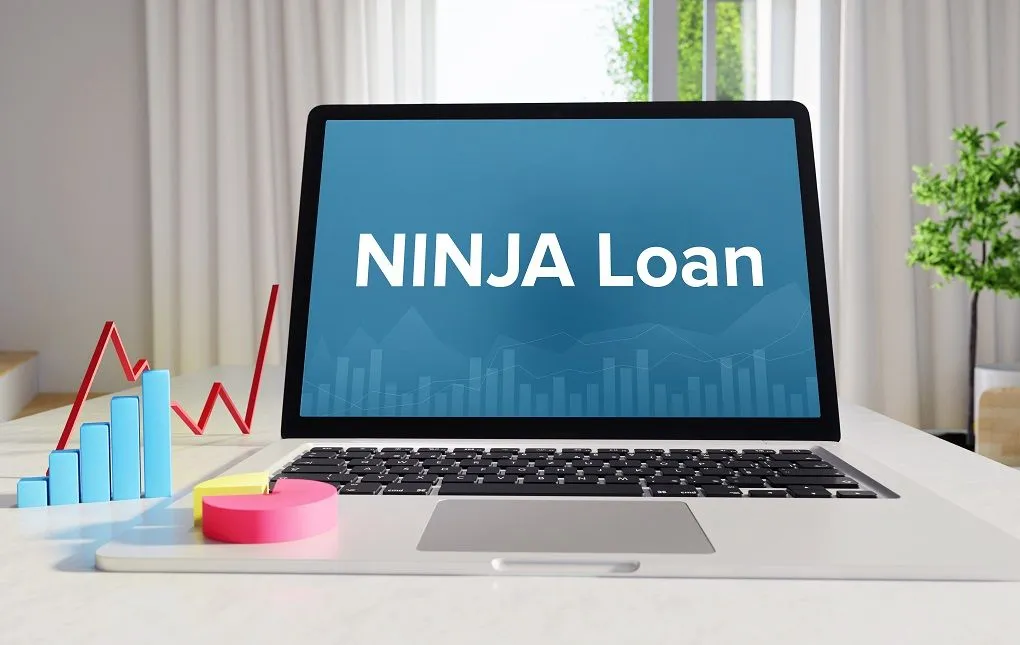NINJA loans, an acronym for “No Income, No Job, No Assets,” are a type of loan where lenders forgo the traditional process of verifying a borrower’s income and assets. These loans gained notoriety in the mortgage industry prior to the 2008 financial crisis. However, post-crisis regulations have significantly curtailed their availability.
Key Insights on NINJA Loans
- Definition: NINJA loans are often referred to as “no-doc” or “stated income, stated asset” loans.
- Issuance Criteria: Lenders issue these loans without confirming the borrower’s income or assets.
- Risk and Rarity: These are high-risk loans, now rare due to stringent post-2007-2008 financial crisis regulations.
- Advisory: Both financial institutions and consumers are generally advised to avoid NINJA loans.
Detailed Explanation of NINJA Loans
- Traditional vs. NINJA Verification: Unlike standard loans, where lenders require evidence like pay stubs or tax returns, NINJA loans bypass such verification, relying solely on borrower’s self-reported income and assets.
- Pre-2008 Scenario: Before the financial crisis, NINJA loans were common in the mortgage sector, often leading to borrowers receiving loans they couldn’t afford, consequently causing numerous foreclosures.
How NINJA Loans Function
The process of obtaining a NINJA loan is relatively straightforward. Applicants state their income and assets on the application form. The lender then approves the loan based on superficial checks, primarily the credit score, without delving into the accuracy of the declared financial status.
Example Scenario
Consider a borrower claiming an income of $100,000 with $80,000 in savings, while in reality, they earn $60,000 and have $25,000 in savings. A NINJA loan might be approved based on these inflated figures, leading to unmanageable repayment obligations for the borrower.
Pros and Cons of NINJA Loans
- Pros
- Swift approval process.
- Suitable for borrowers with unconventional income sources.
- Cons
- High risk for lenders due to unverified borrower information.
- Increased likelihood of borrower default.
- Detrimental to the housing market and overall financial system.
- Potential for predatory lending practices.
Viable Alternatives to NINJA Loans
In the wake of tightened regulations, such as the Ability to Repay rule, NINJA loans have become scarce. Alternatives include:
- Qualified Mortgages: These are loans meeting specific government criteria, emphasizing borrower protection.
- FHA Loans: These require smaller down payments and are a more secure option for homebuyers.
- Conventional Mortgages and Preapprovals: Traditional mortgage options and preapproval processes offer a more stable borrowing path.
Implications for Lenders and Borrowers
The core issue with NINJA loans lies in the potential mismatch between the loan amount and the borrower’s actual financial capacity. For financial institutions and borrowers alike, it is crucial to ensure loans are manageable and within the borrower’s means.
- For Lenders: Verifying finances is vital for ensuring the loan is a sound investment.
- For Borrowers: Honesty in declaring financial status is crucial to avoid unmanageable debt.
Final Thoughts
In conclusion, while NINJA loans offer quick approval, the risks involved make them an unfavorable option for most. Borrowers should consider safer alternatives and seek advice from financial advisors or trusted lenders to explore suitable financing options.

